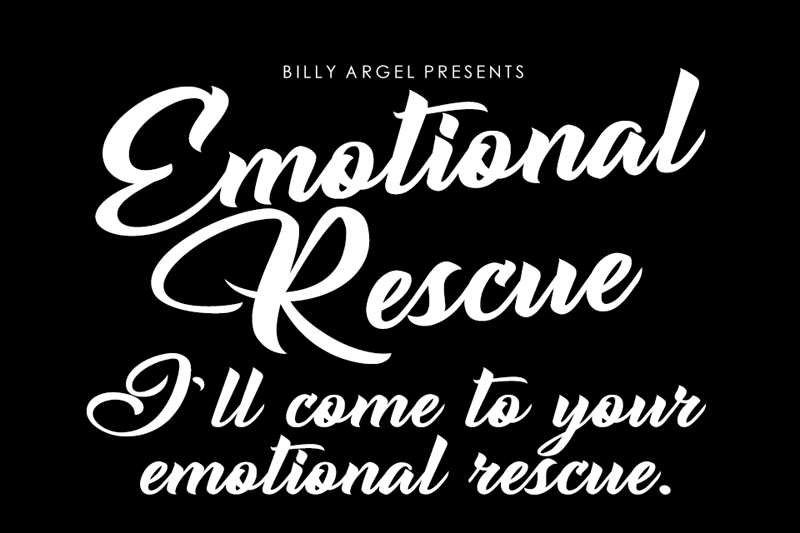

The UK Indie Chart was first compiled in 1980, and independent distribution became better organized from the late 1970s onward. The proceeds were distributed amongst all plaintiffs.ĭuring the punk rock era, the number of independent labels grew. The adjudication of the case grossed $178,000,000 from the distribution arms of major labels. The latter is most notable for a lawsuit involving co-op money it filed on behalf of its member Digital Distributors in conjunction with Warehouse Record Stores. The 1990s brought Affiliated Independent Record Companies (AIRCO), whose most notable member was upstart punk-thrash rock label Mystic Records, and The Independent Music Retailer's Association (IMRA), a short-lived organization founded by Mark Wilkins and Don Kulak. At its zenith, it had 1,000 independent labels on its member rosters. Smaller organizations also existed including the Independent Music Association (IMA), founded by Don Kulak in the late 1980s. The 1970s saw the founding of the National Association of Independent Record Distributors (NAIRD), which became A2IM in 2004. The Recording Academy, famous as the organization behind the Grammy Awards, began in the 1950s as an organization of 25 independent record labels including Herald, Ember, and Atlantic Records. In the United States, independent labels and distributors often banded together to form organizations to promote trade and parity within the industry. Several British producers and artists launched independent labels as outlets for their work and artists they liked the majority failed as commercial ventures or were bought by the major labels. In the United Kingdom during the 1950s and 1960s, the major record companies had so much power that independent labels struggled to become established, until the launch of new concepts like Virgin Records. Independent labels have a long history of promoting developments in popular music, stretching back to the post-war period in the United States, with labels such as Sun Records, King Records, and Stax. The term ‘indie’ or ‘independent music’ can be traced back to as early as the 1920s after it was first used to reference independent film companies but was later used as a term to classify an independent band or record producer. The term indie is sometimes used to describe a genre (such as indie rock and indie pop), and as a genre term, "indie" may or may not include music that is independently produced, and many independent music artists do not fall into a single, defined musical style or genre and create self-published music that can be categorized into diverse genres. Independent music (also commonly known as indie music or simply indie) is music that is produced independently from commercial record labels or their subsidiaries, a process that may include an autonomous, do-it-yourself approach to recording and publishing.


( Learn how and when to remove this template message) ( May 2018) ( Learn how and when to remove this template message) Please help improve it by rewriting it in an encyclopedic style.

This article is written like a personal reflection, personal essay, or argumentative essay that states a Wikipedia editor's personal feelings or presents an original argument about a topic.


 0 kommentar(er)
0 kommentar(er)
